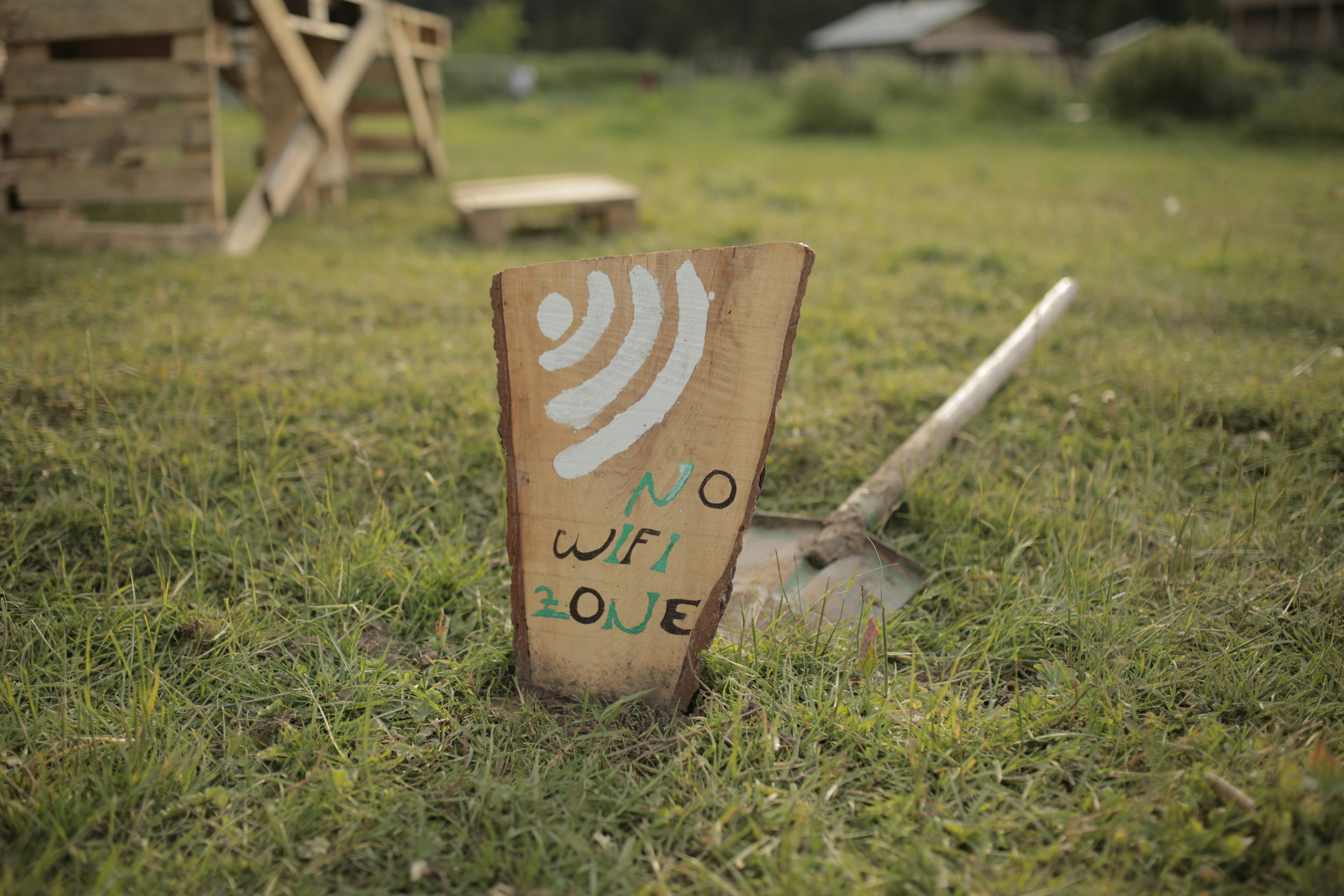Whatever your industry, however much money or resources you have, it’s inevitable that you’re going to be targeted by ransomware. But did you know that 51% of organisations reported not having a ransomware incident response plan in 2023?
And it’s this disconnect between the reality and perception that cybercriminals are exploiting. So here’s the headline: Your business will be targeted by ransomware. The key is how prepared you are for an attack.
Here are nine best practice tips to help make your business ransomware ready.
1. Regularly back up your data
Backups are your ransomware lifeline. They’re an invaluable safety net, allowing you to restore your data to a point before it was encrypted. Veeam BaaS (Backup as a Service) provides a secure, cloud-based backup solution that ensures your data is protected and easily recoverable, helping to minimise downtime and disruption in the event of an attack.
But backups are less useful if they’re out of date, which is why you should carefully assess your tolerance threshold. Is every few days enough, or do backups need to take place much more regularly? Aim to back up your data daily, or even more often for critical systems.
2. Secure your network perimeter with firewalls
If your network is your fortress, your firewalls are the perimeter walls that provide a solid line of defence. Zen’s Managed Firewall solutions provide advanced protection, monitoring, and expert management to keep ransomware and other threats at bay. They offer real-time alerts, regular reporting, and a team of experts on hand to provide any support you need.
3. Educate your employees on cybersecurity best practices
Your employees are a critical yet often overlooked line of defence. It’s time to equip your team with the skills to spot phishing emails, suspicious links, and other red flags. Aim to create a proactive culture where employees feel empowered to report suspicious activity immediately. This simple early warning system can stop ransomware attacks in their tracks.
4. Keep your software and systems updated
There’s nothing ransomware likes more than an unpatched security loophole. Make sure all your systems, applications, and security software are running the latest updates. And enable automatic updates where possible to close potential security gaps and stay ahead of emerging threats.
5. Implement strong password policies and multi-factor authentication (MFA)
Strong, unique passwords are essential, but they’re not enough. MFA adds an extra layer of security by requiring users to provide additional verification, such as a code sent to their phone, before accessing sensitive systems or data. A good MFA policy can make it harder for hackers to gain unauthorised access, even if they’ve got hold of a stolen password. Encourage your employees to use password managers to create and store complex passwords securely, and to never share sensitive login information.
6. Monitor your network activity with Cyber Triage
Whether you need a one-time assessment or periodic check-ups, Cyber Triage is a powerful security guard for your network. Activated as and when you require it, Cyber Triage monitors for suspicious activity that might indicate a ransomware attack. Cyber Triage’s monitoring and reporting help you quickly investigate and identify threats, prioritise your response, and patch up your defences.
7. Have a robust incident response plan
Don’t wait until an attack happens to decide how you’ll respond. A good incident response plan will outline the steps that need to be taken in the event of an attack. It will include communication protocols, data recovery procedures, legal considerations, and more. You should regularly review and update your plan to ensure it remains effective and relevant.
8. Limit access to sensitive data
By following the principle of least privilege, you can restrict access to sensitive information to only those who absolutely need it. This can reduce the risk of accidental or malicious data exposure and even limit the spread of ransomware within your network. You should regularly review and update access permissions to ensure that they align with current roles and responsibilities.
9. Test your defences regularly
Cybersecurity isn’t a ‘set and forget’ task. You should regularly test your backups to ensure they’re working correctly and that you can restore your data satisfactorily. You should also conduct vulnerability scans and penetration testing to identify and fix any weaknesses in your systems. And you should test your incident response plan with simulated attacks to ensure your team is responding efficiently and effectively.
Ransomware is a serious threat, but you can protect your business against it. By adopting these best practices and partnering with Zen, you can reduce your ransomware risk. Don’t be a statistic. It’s time to prepare and protect.
To find out more about Zen’s security solutions visit our site here.

Zen Internet - Home SalesSales
01706 902573
Zen Internet - Customer EnquiriesCustomer Enquiries
01706 902001


